How To Play Bunker Shots
PGA pro Dan Grieve shares his simple tips on how to play bunker shots
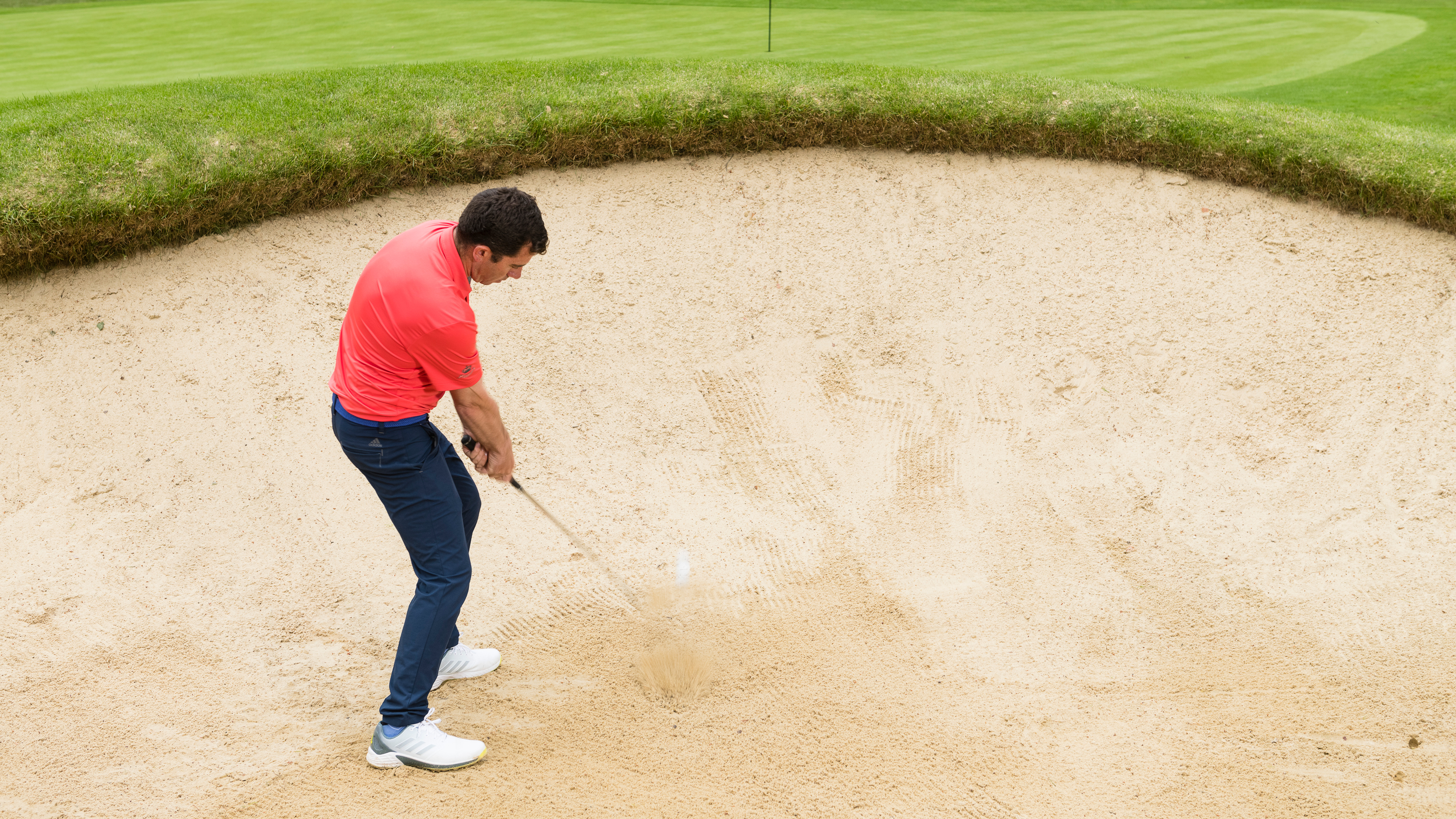
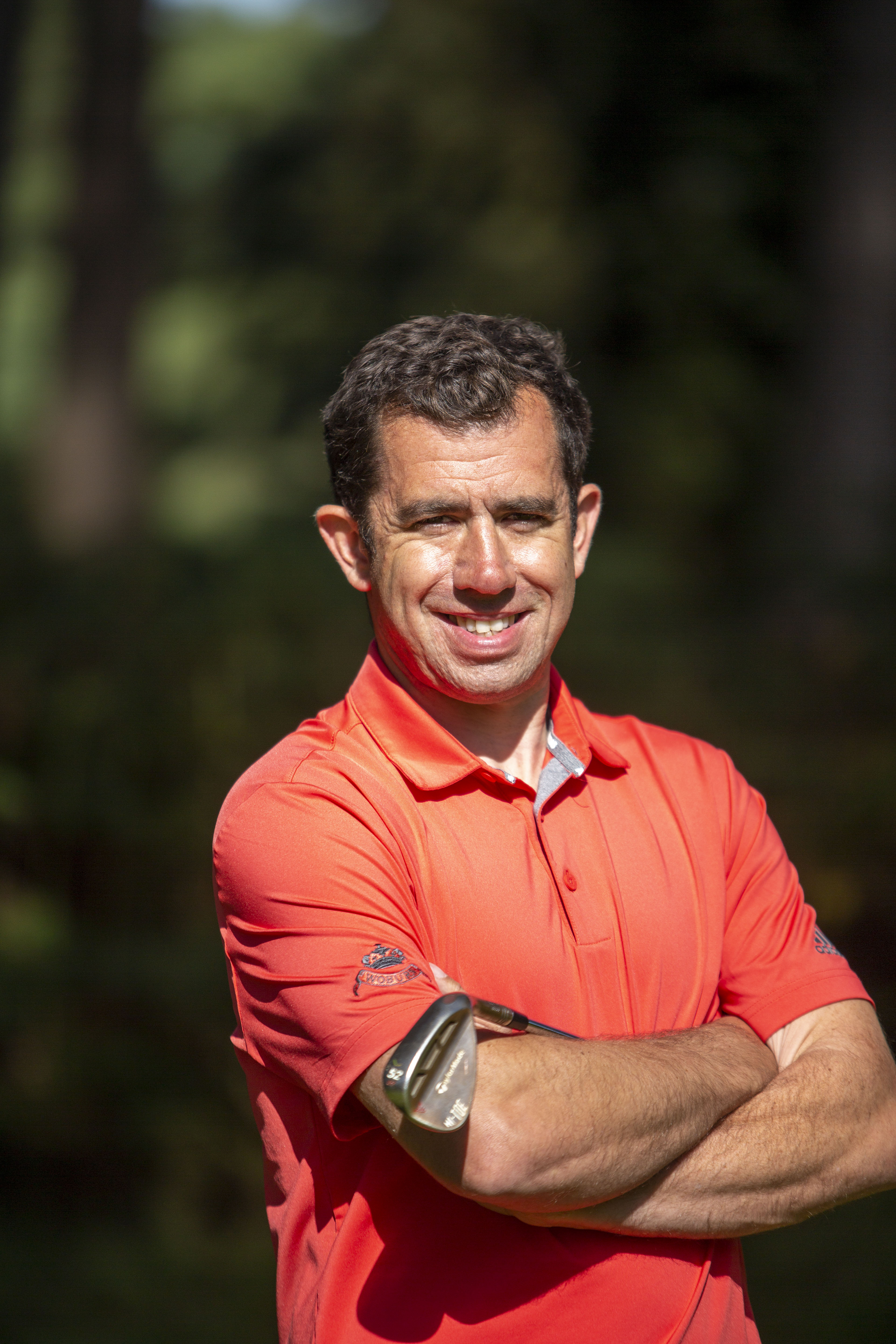
Golf Monthly created this content as part of a paid partnership with TaylorMade. The contents of this article are entirely independent and solely reflect the editorial opinion of Golf Monthly.
How to play bunker shots
It's a part of the game that many amateurs struggle with, even ones who are adept in other areas of the short game. In the video and article below, Dan Grieve, Head Professional at Woburn Golf Club, shares his top tips on how to improve your bunker play so you can escape greenside traps with ease...
The set-up
If you feel like you're in need of some good bunker shot tips for golf, the set-up is a great place to start. First and foremost, it's important to create a wide base from which to attack the sand. This guards against one of the biggest faults - moving side-to-side during the shot - something that causes thin and fat shots.
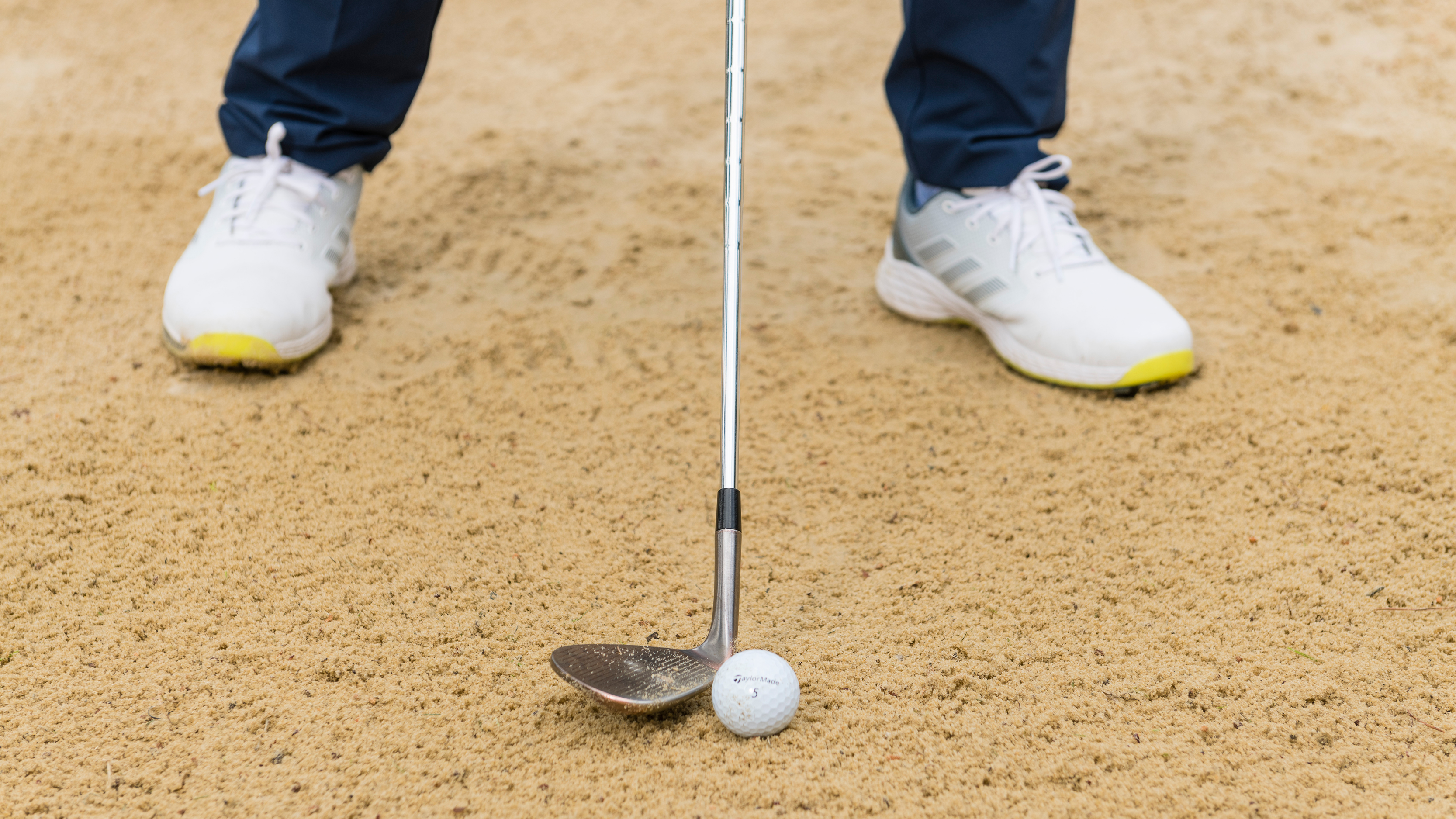
Position the ball just inside the left heel and turn your lead foot out by around 45 degrees
Get your front foot turned out about 45 degrees; this allows you to push your front knee over your foot, forcing you to put around 80 per cent of your weight over the lead leg. You can set your spine angle back slightly by tilting your shoulders so that your left is a fraction higher than your right - this will encourage that shallow angle of attack we're looking for here.
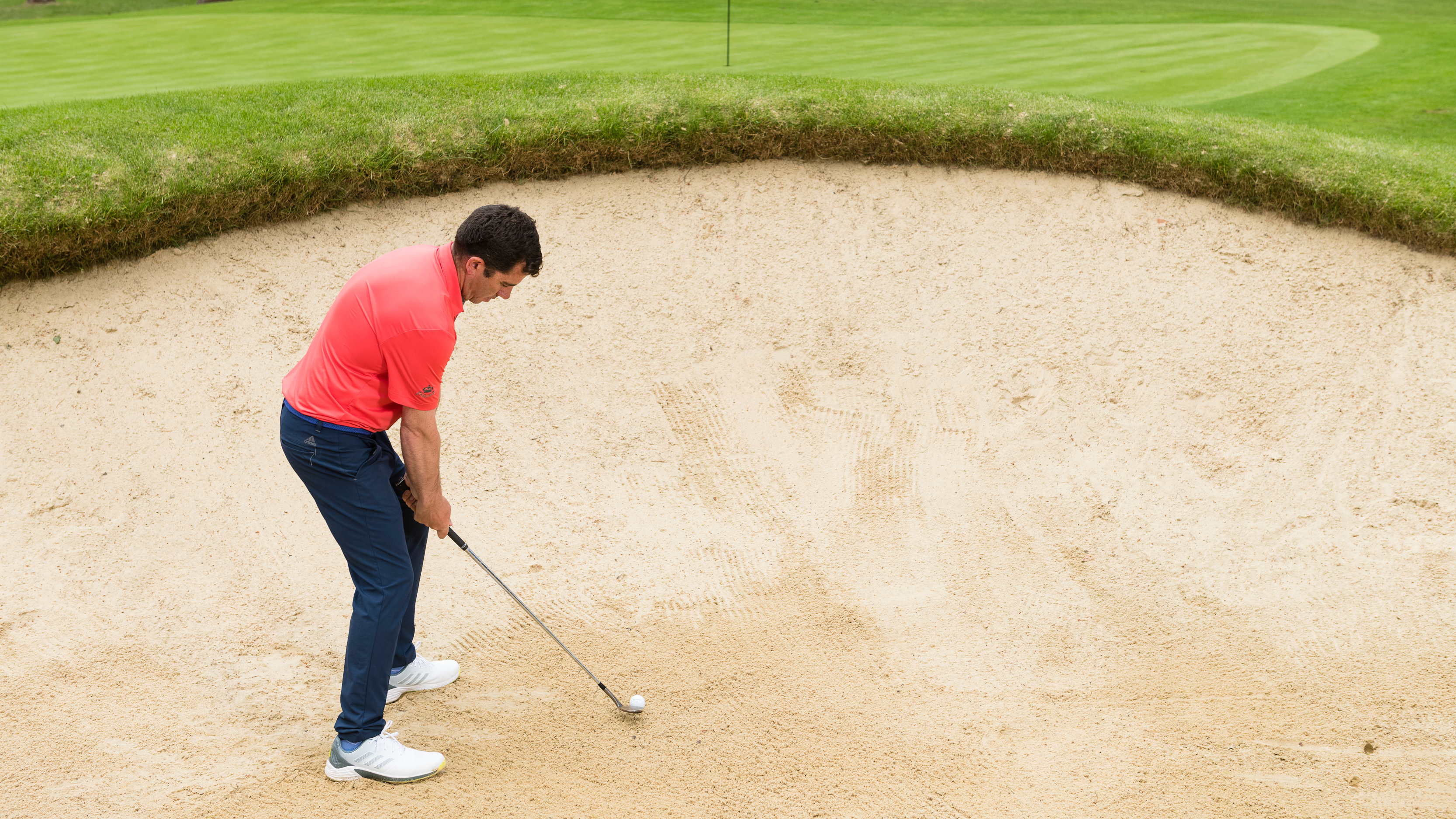
Having your hands low with plenty of knee flex will help you establish a solid platform in the bunker
Then, the perfect ball position should be just inside the left heel while making sure the shaft line is neutral, so the hands don’t get ahead of the ball. The clubface can be slightly open, and stand a bit further away from the ball, too, to allow your hands to drop nice and low at address with plenty of knee flex to feel as though you are really rooted in the sand.
The backswing
From here, it's all about making sure you keep the loft and bounce on the club on the way back and through. Watch the video above and you'll see how I put this all together to splash the ball out and get it close.
A really simple drill to check whether you are correctly keeping the loft and bounce is to put a clump of sand on the club face. Make a normal backswing and see if you can keep it there all the way until you throw it over your back shoulder as you reach the top. If you do that, it means your left wrist is getting nicely cupped and the loft and bounce is on the club as you take it away.
Get the Golf Monthly Newsletter
Subscribe to the Golf Monthly newsletter to stay up to date with all the latest tour news, equipment news, reviews, head-to-heads and buyer’s guides from our team of experienced experts.
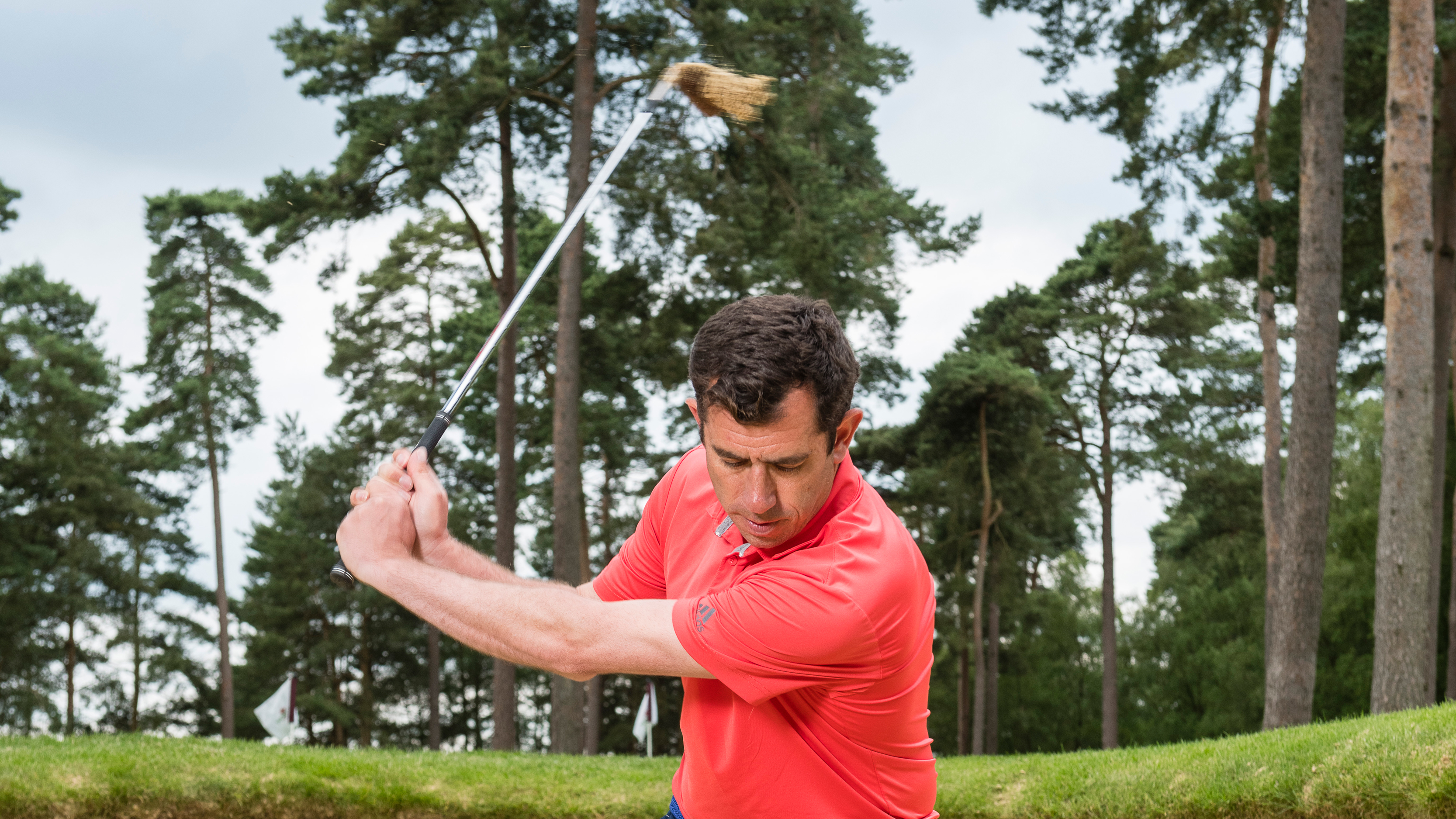
Try this drill to make sure you have enough loft on the club in the backswing
Similarly, to check if you are keeping the loft on the club in your follow-through, put a clump of sand on the face and practice the follow-through to see if you can throw it over your front shoulder. This means the club face isn’t turning over through impact, you are holding the loft and bounce on, and creating that nice splash shot.
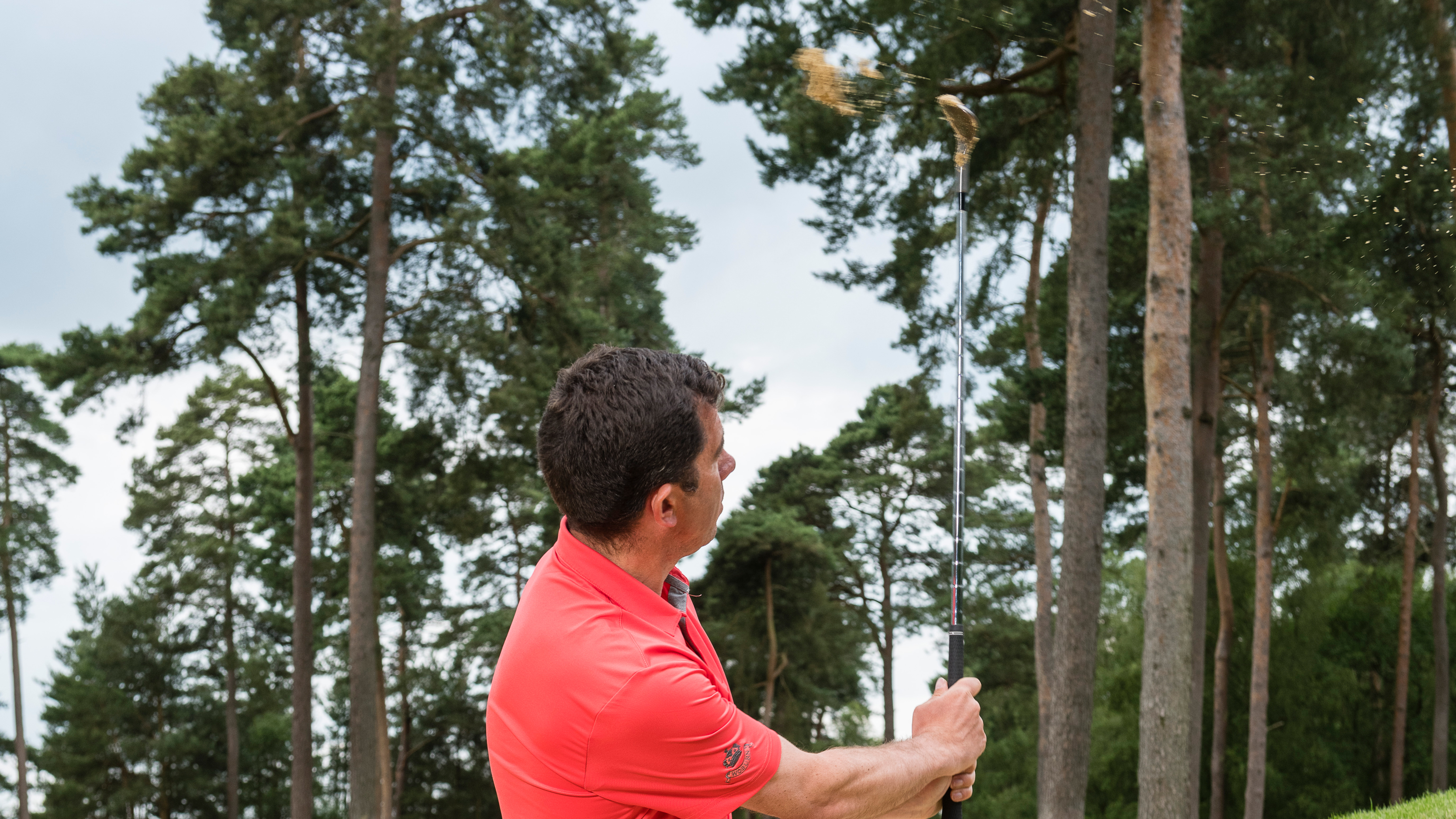
Repeat this drill for the through swing
It might sound difficult, but watch the video with this article to see how it's done!
Reading the lie
One of the greatest bunker skills is being able to correctly read the lie and make the relevant adjustments. Sometimes you might be in a bunker that has much less sand in it. In this situation, you'll need to be able to adjust your technique to avoid thinning the ball through the green.
With a compact lie, keep the stance the same - with the weight forward on the left side - but get your left shoulder more over your left foot; this will steepen your angle of attack, so you come more downward into the sand with the leading edge rather than the trailing edge of the bounce.
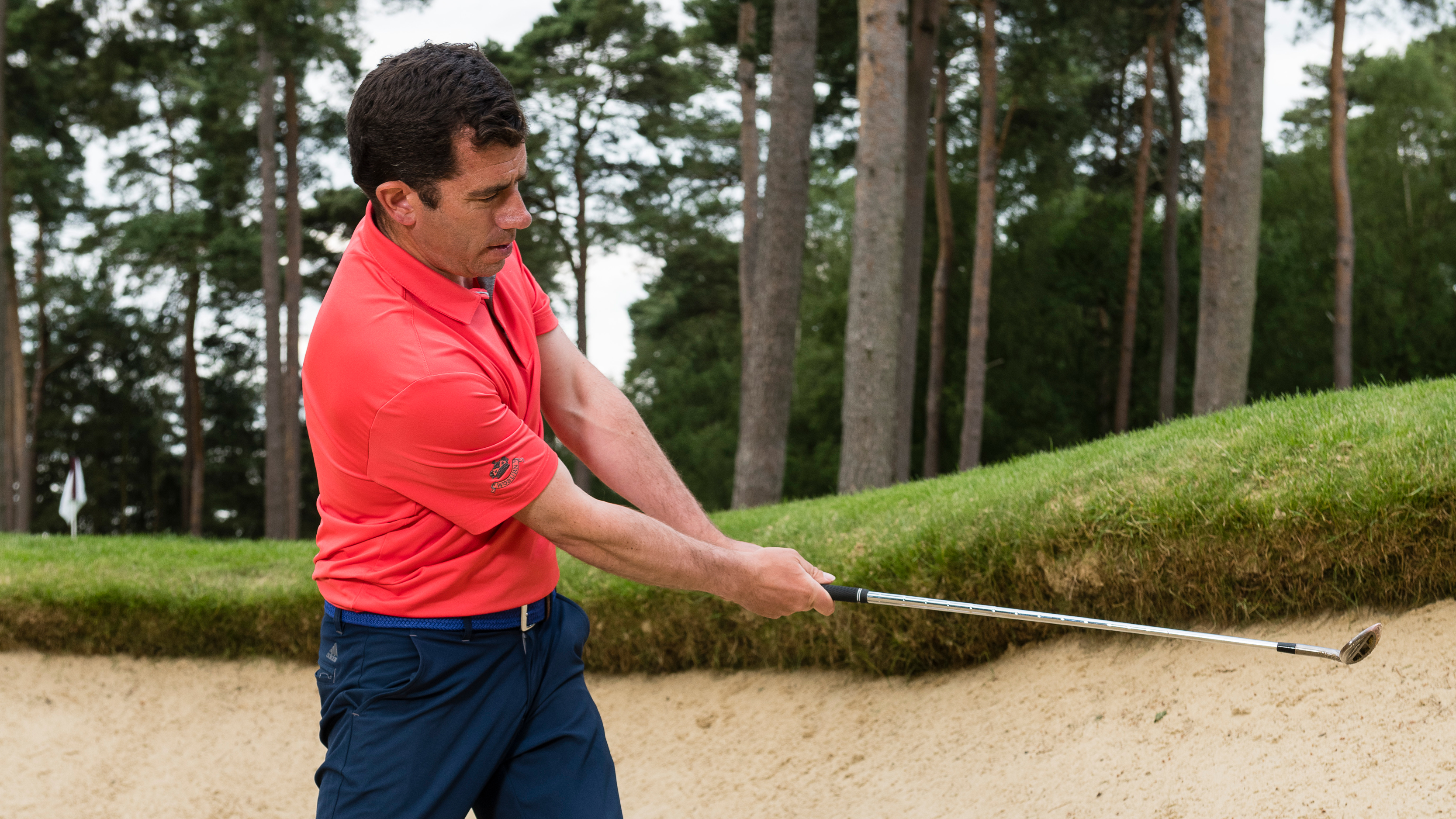
Shorten the follow-through when faced with a compact lie in the sand
Move the ball position back slightly, too, and add a bit more forward lean in the shaft at address to create a different follow-through. The follow-through from a compact lie needs to be a lot shorter than the splash shot, which will allow the leading edge to travel down more in the sand with the handle leading.

Location: Woburn GC
Dan is one of the leading coaches in the UK, a Fellow of the PGA and a short-game virtuoso. He has had considerable success with a collection of tour pros, helping them to Order of Merit titles and major victories, and his Short Game School is the most attended in the UK. His students, past and present, include Charley Hull, Georgia Hall, Inci Mehmet and Iona Stephen.
Most common problem:
Swing – over the top , help by getting the basics correct at address and making them aware how to get the club online coming down.
Short game – creating spin and feel around the greens, help by educating on what the short game actually is (weak on purpose) and understand bounce and how they can apply it to different lies/situations.
Greatest success story:
Helping Georgia Hall from World No. 450 to No. 6 and winning a Major, two Order of Merits and Solheim Cup appearances.
Greatest teacher:
Alex Hay was a great influence during my first few years at Woburn. In sport more generally Sir Clive Woodward has taught me how to deliver at the highest level.
Most common fault:
Flipped right hand (hands behind the ball). Understand a correct coil/load going back and how to sequence better coming down so the chest opens up and gives the arms space to deliver a stronger impact. Lots of body action drills to enhance the feel, with and without the ball.
-
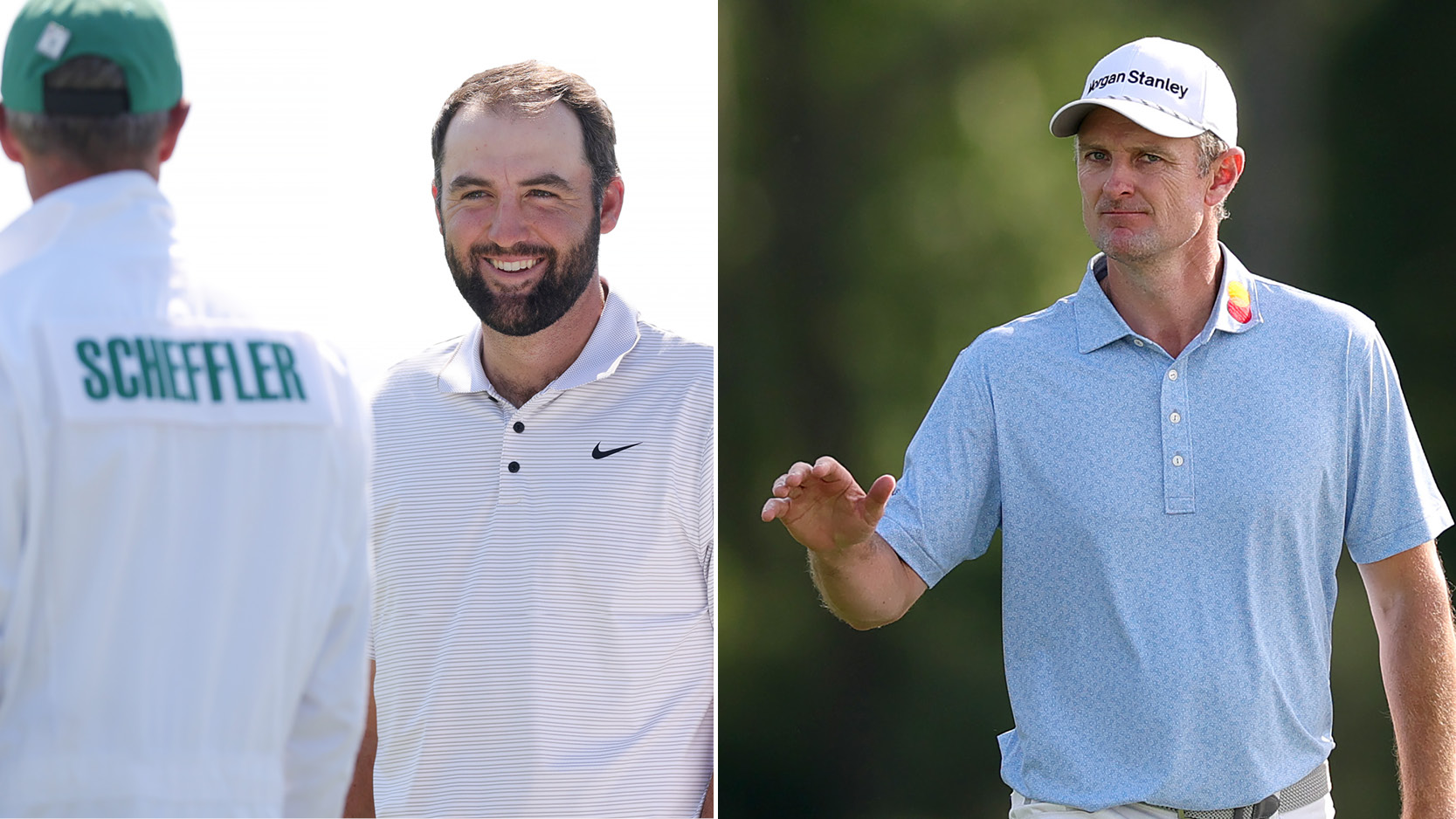 Top LIV Golfer? Top Lefty? Leading Amateur? 8 Alternative Masters Leaderboards After Day One At Augusta National
Top LIV Golfer? Top Lefty? Leading Amateur? 8 Alternative Masters Leaderboards After Day One At Augusta NationalJustin Rose leads after the first round of The Masters and, at the first Major of the year, plenty of players have already displayed strong showings at Augusta National
By Matt Cradock Published
-
 LIV Golf Leaderboard At The Masters: DeChambeau And Hatton Lead The Way As Rahm Struggles
LIV Golf Leaderboard At The Masters: DeChambeau And Hatton Lead The Way As Rahm StrugglesBryson DeChambeau and Tyrrell Hatton lead the way for LIV players after 18 holes at Augusta National
By Elliott Heath Published